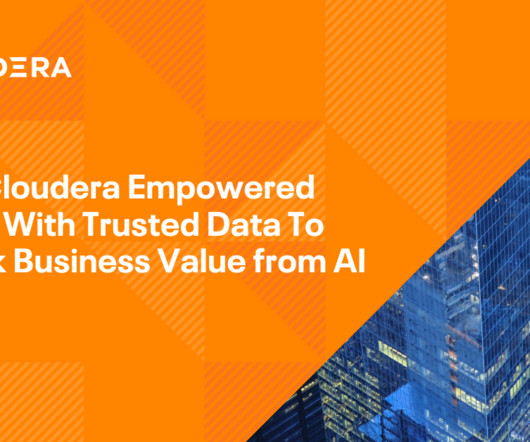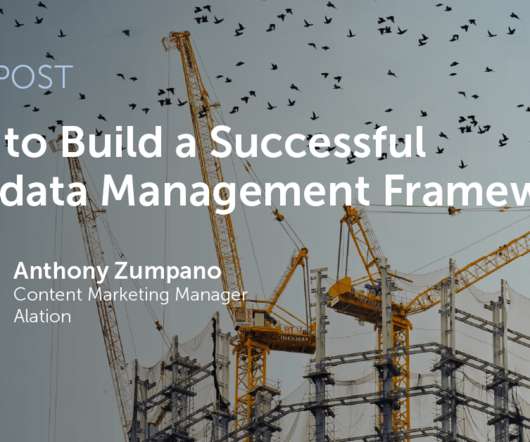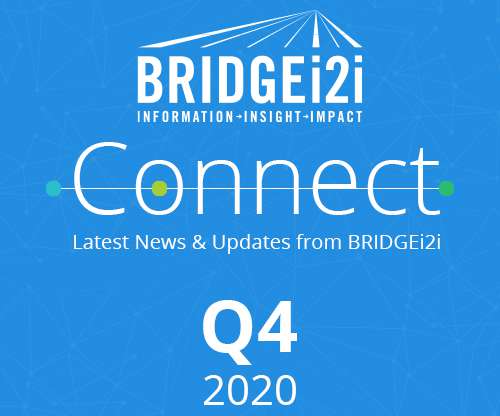How IT leaders use agentic AI for business workflows
CIO Business Intelligence
APRIL 30, 2025
Armed with contextual data, agentic AI can surface insights, trends, or anomalies more protectively, helping direct business decisions. And around 45% also cite data governance and compliance concerns. Its all about making operations smarter, faster, and more proactive as we scale our services business, says Xeroxs Shah.


















Let's personalize your content